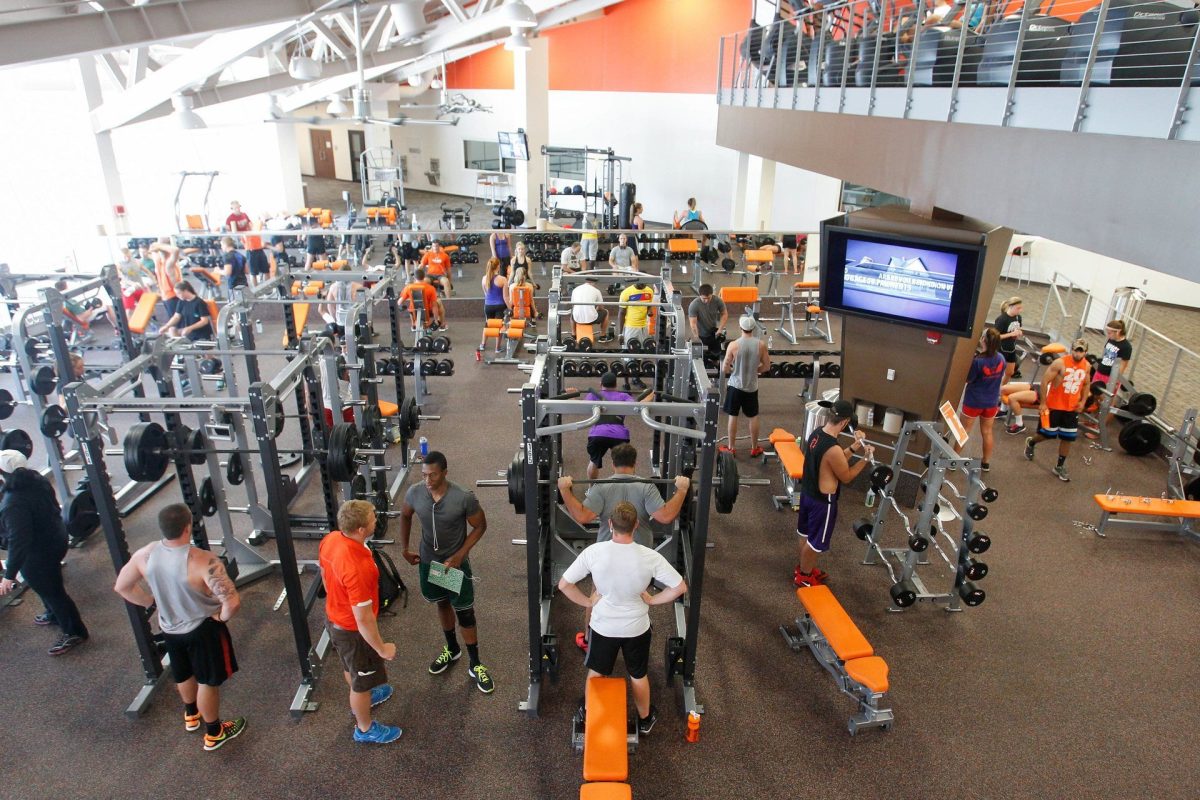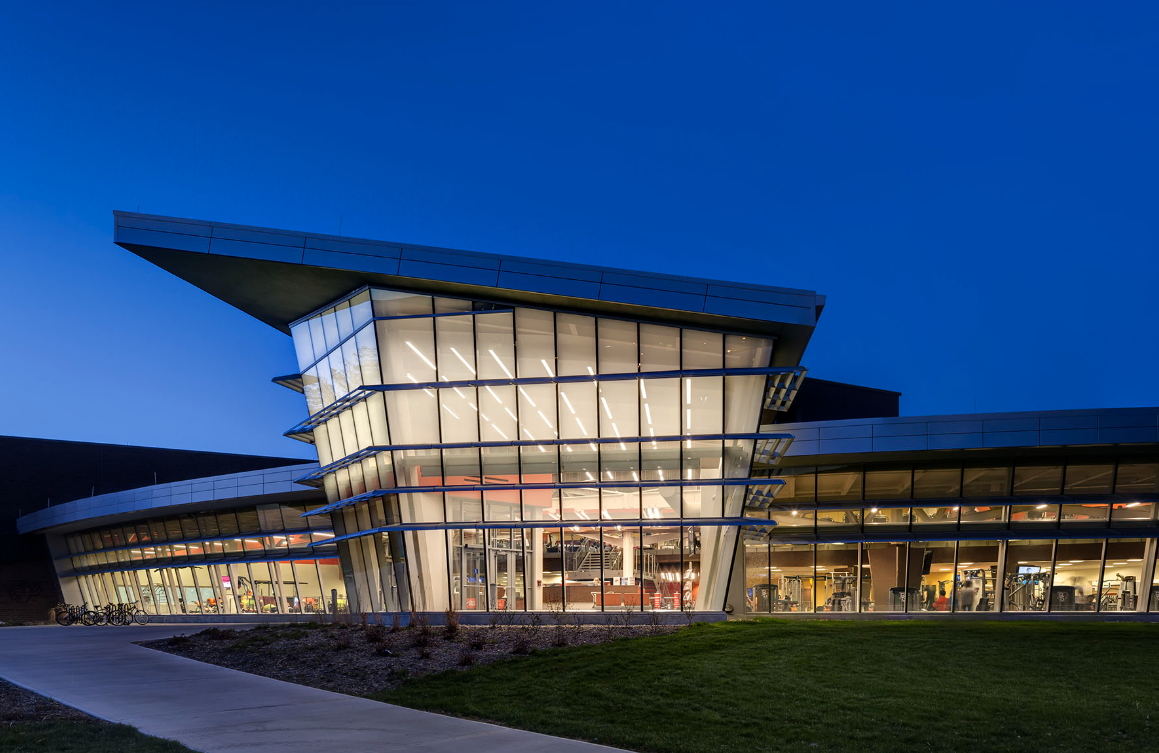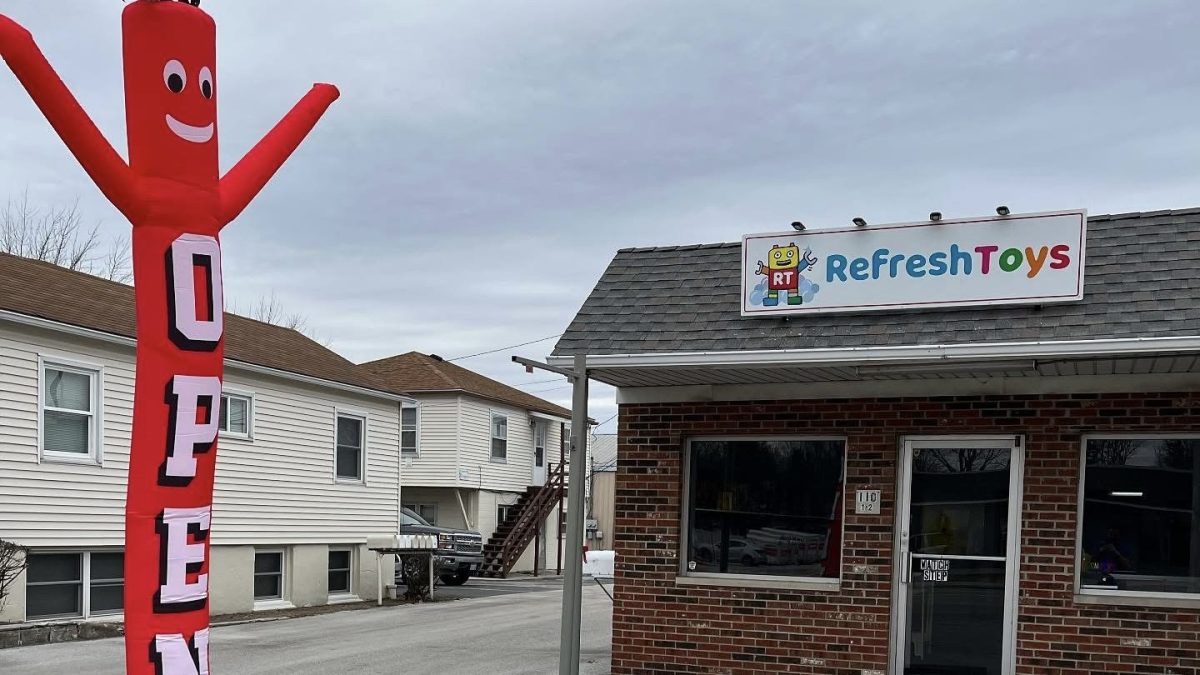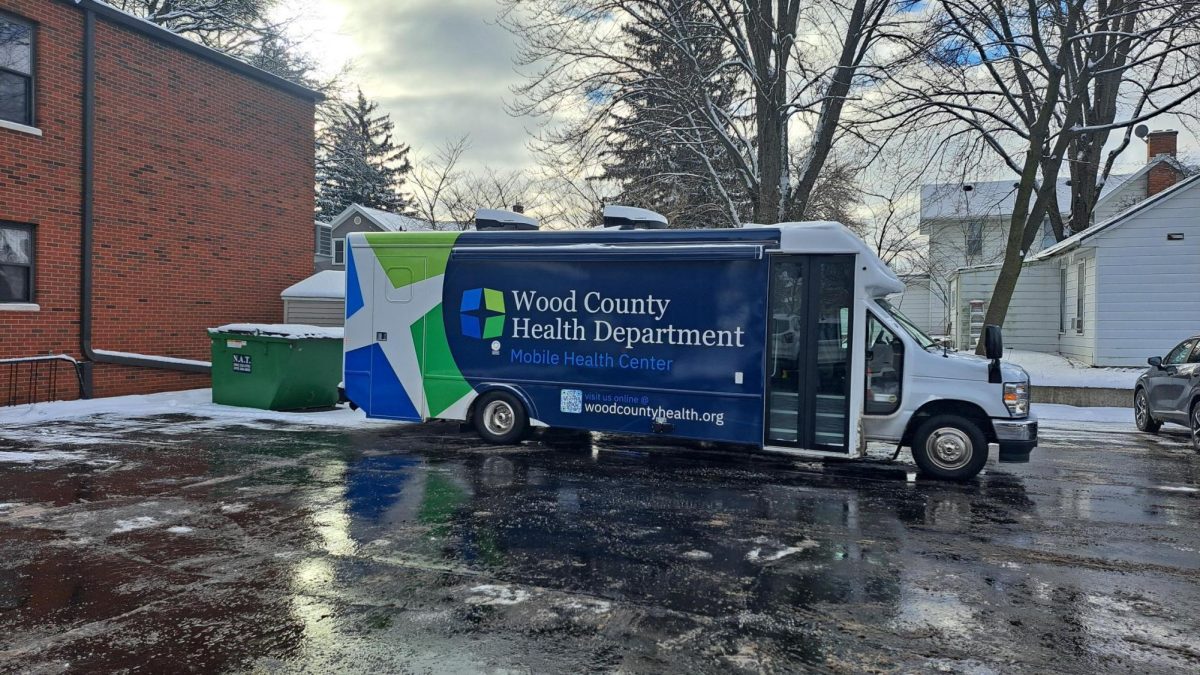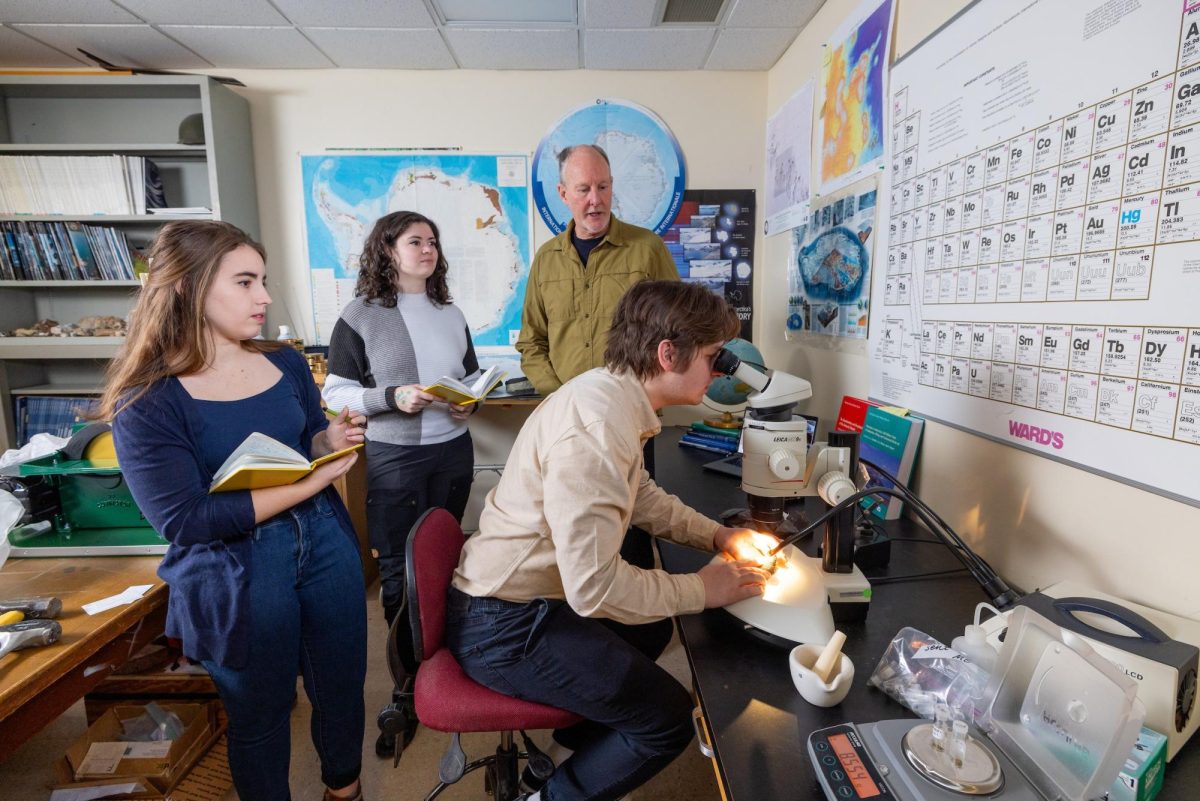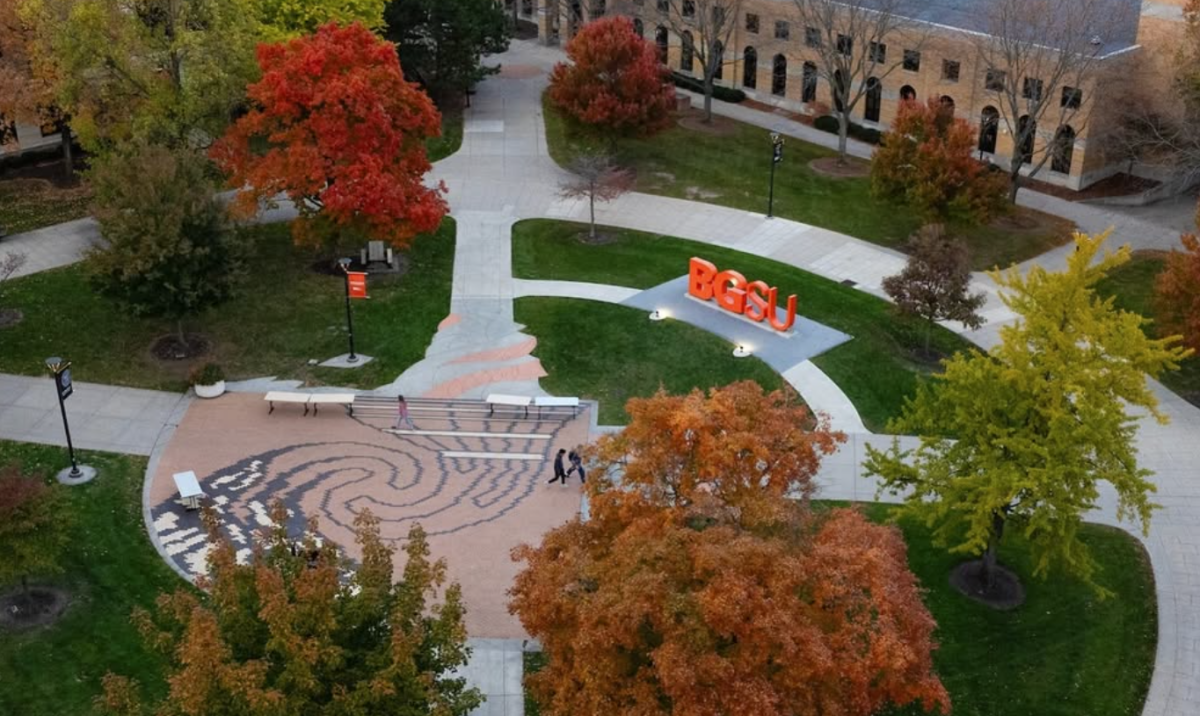As construction and renovations continue at the University, the Office of Design and Construction will continue adding to the list of Leadership in Energy and Environmental Design certified buildings on campus.
LEED is a certification for both residential and commercial structures issued by the U.S. Green Building Council, which focuses on sustainability and environmental impacts involved with construction.
According to the U.S. Green Building Council’s website, LEED-certified buildings “use less water and energy and reduce greenhouse gas emissions.”
LEED offers different levels of certification: Certified, Silver, Gold and Platinum.
“The state (of Ohio) mandates most of our new construction is LEED Silver,” said Brian Swope, assistant director in the Office of Design and Construction.
The University has several buildings on campus that are already LEED certified: Stroh Center and The Oaks Dining Center are LEED Gold; Carillion Place, the Wolfe Center, the Student Rec Center and the BCI Building are LEED Silver.
The Greek Village also has a pending LEED Silver, and Moseley Hall, University Hall and Hanna Hall will be LEED buildings upon completion as well.
[[inline_image_identifier aa5d42c2e7f01baa36a1ea2162030376.jpg]]
The completed buildings, as well at the construction and renovation process, must meet certain criteria to be considered LEED buildings by the USGBC.
“It’s a very holistic approach because LEED does deal with energy efficiency…but it also gets into the thermal performance of the walls, the windows, the type of roof,” said Swope.
LEED construction aims to divert construction waste from landfills, and the University has a goal of roughly 75 percent waste diversion.
Carpets, paints, coatings and other materials must have low volatile organic compounds to support the comfort and health of those in the building.
“If certification is obtained from USBGC for it being a LEED building, it’s an indication that it’s got some sustainable elements to it…that make it a good building,” said Dr. Nick Hennessy
Each building is evaluated based on a system of points that determine the level of certification obtained.
Certification approval can take six months to a year depending on the building and the level of certification.
Michael Schuessler, a senior project manager at the University, said while the LEED requirements are similar on commercial and residential buildings, the construction process can vary.
“It’s important that it is designated differently, because we use a residential code for construction based on the type of construction we were doing” said Schuessler. “That’s where the LEED for Homes designation comes from.”
“There’s all kinds of positive things that can be generated from the LEED characteristics of the building that play into University goals in sustainability,” said Hennessy.
Environmental safety credentials on residential and commercial buildings can include systems that improve storm water runoff and waste processing.
There are also more specialized features like the grass roof on The Oaks that is used to grow herbs and uses reclaimed storm water from the building. Grass roofs and white roofs also reduce an environmental effect called “heat island,” which brings up the temperature of the building through heat absorbed by a dark roof.
Through recycling, the University also diverted 120 tons of construction waste from landfills after the completion of the Greek Village alone.
Schuessler said he thought LEED buildings also met student sustainability expectations as well.
“The students of today are engaged in recycling and sustainability, and so we were encouraged to take the lead on that,” said Schuessler.



